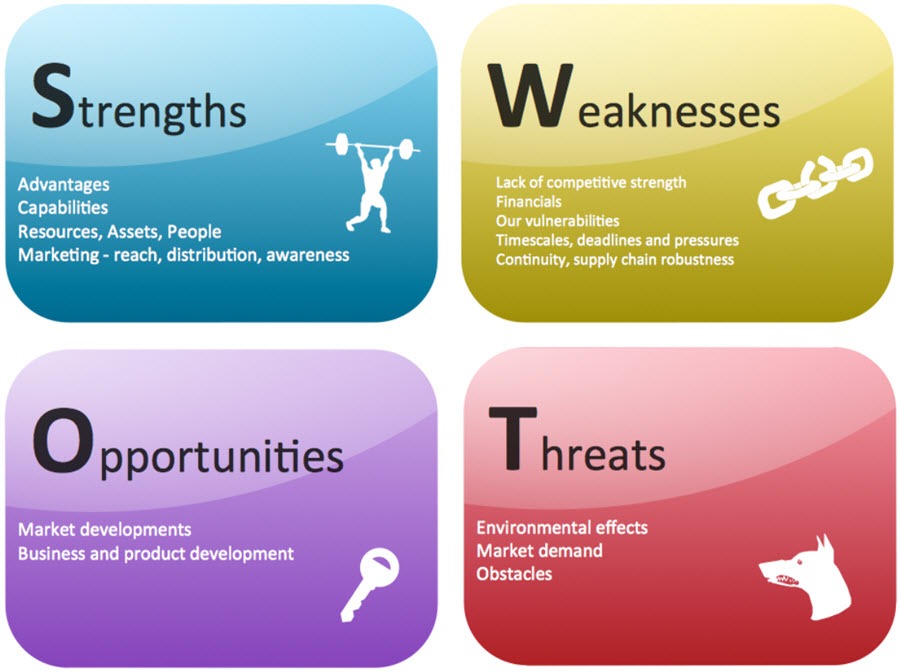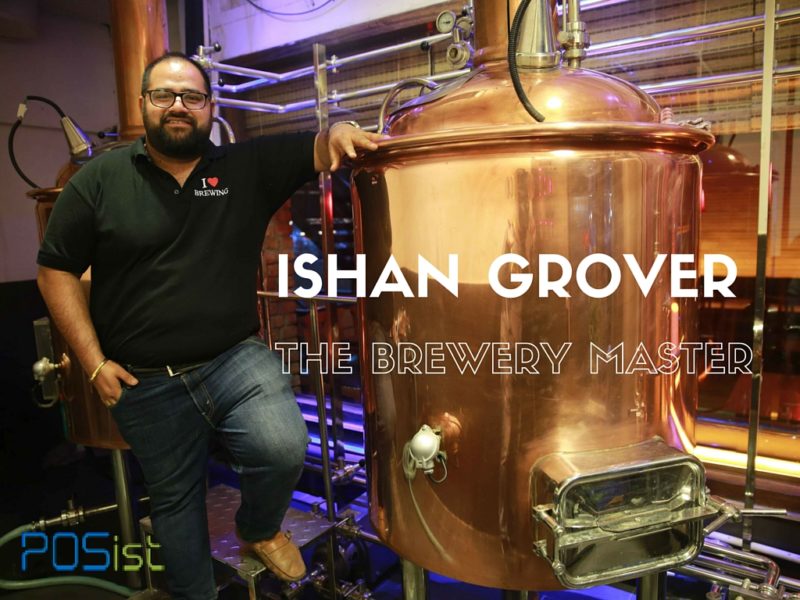Knowing the real picture of your restaurant operations has become even more important post-COVID-19. Restaurateurs need to be aware of the strengths and weaknesses of their businesses in these critical times. They can perform a SWOT analysis for their restaurants to get a detailed analysis of their growth potential and untapped capabilities. The final aim of a SWOT analysis is to prepare the restaurant for any unexpected market shifts.
The previous article discussed what SWOT analysis is and why it is a must after the pandemic. This article will guide you through the steps to conduct an effective SWOT analysis for your restaurant.
8 Steps To Perform SWOT Analysis For Restaurants
As the name suggests, SWOT analysis is all about finding the strengths, working on weaknesses, grabbing the right opportunities and preparing for the threats. Strengths and weaknesses are the results of internal factors of a restaurant, while opportunities and threats are the external factors that affect the business.
Following are the steps one should follow to perform an efficient SWOT analysis for restaurants.
Step 1: Decide The Objective Of SWOT Analysis
The first step in conducting a SWOT analysis is to know what you want to analyze. Decide the key objectives for the SWOT analysis before working on it further. Post-pandemic, the restaurateurs have been faced with multiple problems in running their business. The aim of your SWOT analysis could be any hurdle that your restaurant currently faces or any new project that you decide to pick up.
Some of the aspects where you can conduct a SWOT analysis on are:
- Exploring new restaurant business opportunities, like mergers, acquisitions, or expansion of the business.
- Introducing a new dish to the menu.
- Deciding whether or not to invest in upcoming projects or advanced technology.
- Coping up with the ongoing market trends and increased competition.
- Increasing marketing budgets.
Step 2: Conduct An Industry Analysis
Conducting an industry analysis is a prerequisite to performing SWOT analysis for restaurants. You need to understand the restaurant industry and get a broad perspective about it to make informed decisions. You must look at the new and innovative methods your competitors are adopting and measure how successful they have been. Industry analysis must be done carefully to move on to further steps in any SWOT analysis.
Step 3: Create A Four-sectioned SWOT Analysis Table
After an efficient industry analysis, you need to design a SWOT analysis table that is divided into four sections, namely: Strengths (S), Weaknesses (W), Opportunities (O), Threats (T). This table is used to list down all these elements in their respective sections systematically. Noting everything down in a clean manner gives better visibility and helps the analyzer weigh the pros and cons of every aspect.

Step 4: Recognize Your Strengths
The first element of SWOT analysis is analyzing the strengths of your business that help generate more revenue and growth. Building on them can get you an edge over your competitors.
The strengths of a restaurant are the reason for its success. You should first identify the points about your restaurant that make it unique and list them down in the SWOT analysis table. Secondly, analyze and hone these strengths, and then finally integrate them into your business plan.
Some of the strengths that restaurants might have are – an innovative menu, good location, good food quality, low prices, satisfying customer service, attractive packaging, and quirky marketing.
Step 5: Realize Your Weaknesses
Things that do not go right or are not up to the mark fall in the category of weaknesses. You should identify the aspects where you lag, the shortcomings and the loopholes. Being realistic about the weaknesses of your restaurant will help you improvise and improve the relevant areas adequately. Even if controlling the weakness is out of your hands, for example, taxes and regulations, you can still try to compensate for it.
Ignoring the new opportunities that can yield heavy benefits is one of the biggest weaknesses of most restaurateurs. Some of the other weaknesses of your restaurant that can be exposed by a SWOT analysis may be exposure to COVID-19, financial safety concerns, unhygienic working conditions, irregular cash flow, inventory mismanagement, incompetent staff and dissatisfied employees.
Step 6: Look For Opportunities
While performing a SWOT analysis, new opportunities for growth are important to look for. They can generate more profits for your restaurant business and take it to the next level. Identify opportunities to boost your sales by improvising the menu or partnering with social media influencers, for example. Then jot them down in the SWOT analysis table. Look for ongoing consumer, food delivery and menu trends, upcoming festivals or events that can increase sales.
One of the opportunities could be the addition of a market area within your restaurant premises. You can leverage the high footfall to boost the restaurant’s sales. Also, one eye should always be kept on changing laws and policies or economic fluctuations, in case any of it works out in your favour. Food festivals and charity events are also some opportunities worth exploring.
Step 7: Identify The Threats
The next step in the SWOT analysis is to identify the threats to your restaurant business. Threats can also be described as those weaknesses that you do not have any control over. You should note them, identify alternative solutions, and prepare yourself to deal with them.
The pandemic has brought in additional threats for the restaurateurs, like supply chain issues and enhanced government regulations. Not being able to handle the threat well has led to the cessation of numerous restaurants in the UAE. Therefore, you need to be well prepared to manage all kinds of risks, including reputational and internal fraud-related risks.
Other threats faced while running a restaurant may be legal threats, experiment failure, competitors, increased wholesale prices, lockdown and social-distancing measures, new government policies, pulsating trends, dwindling economy, etc.
Step 8: Analyze The SWOT Analysis Table
The last step is to analyze the data gathered from the comprehensive study of the restaurant’s strengths, weaknesses, opportunities and threats. Now that everything is mentioned in detail, it gets easier to analyze which approach should be used to solve a required problem and what weakness you need to work on to bring out the best in your restaurant.
A good analysis will highlight the opportunities and guide you to grab them at the right time. Furthermore, it also prepares you for the worst by honing your strengths and fixing loopholes. A SWOT analysis conducted for restaurants helps make ‘calculated risks’ while trying something new. For example, starting home delivery services.
The huge investments required to survive in the restaurant industry create the need for thoroughly analyzing all the risks before going all in. Conducting a comprehensive SWOT analysis for restaurants helps figure out how to use the existing capabilities to take advantage of new opportunities and encounter any upcoming threats while working on the weak points.


















